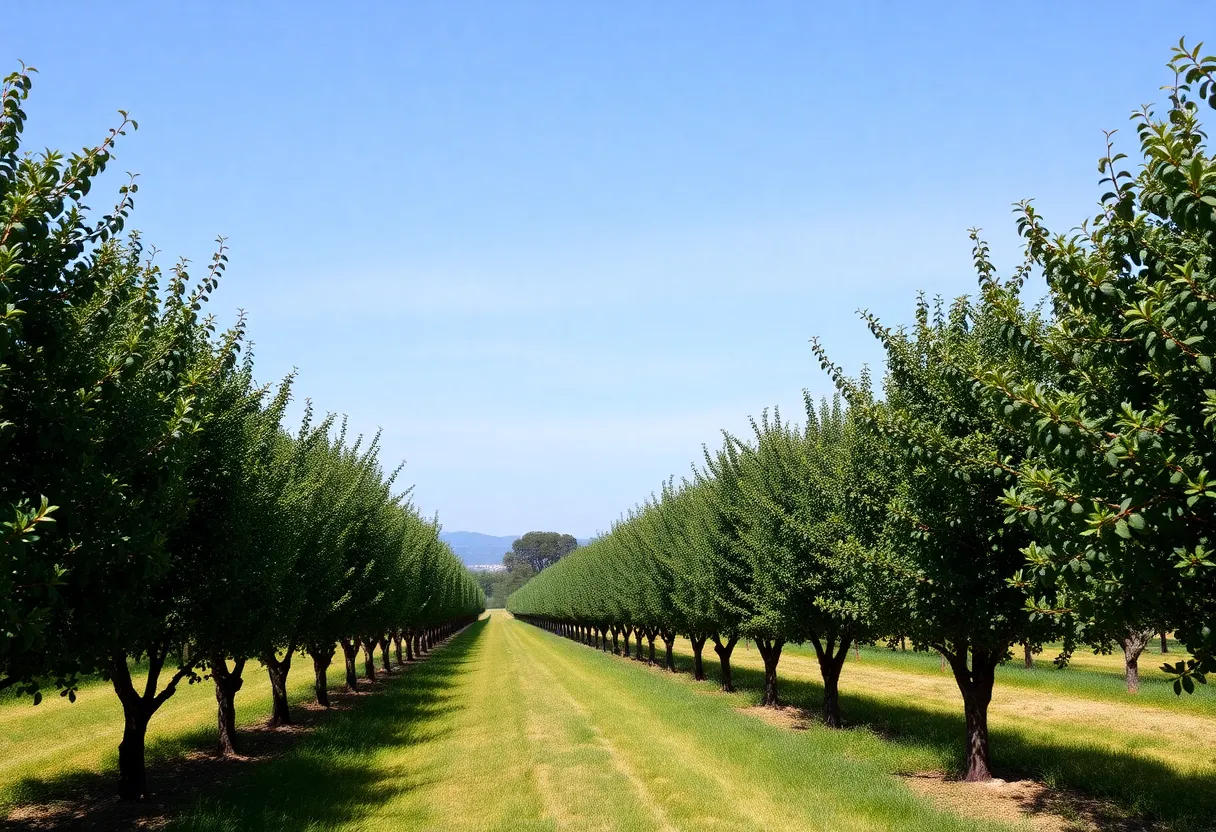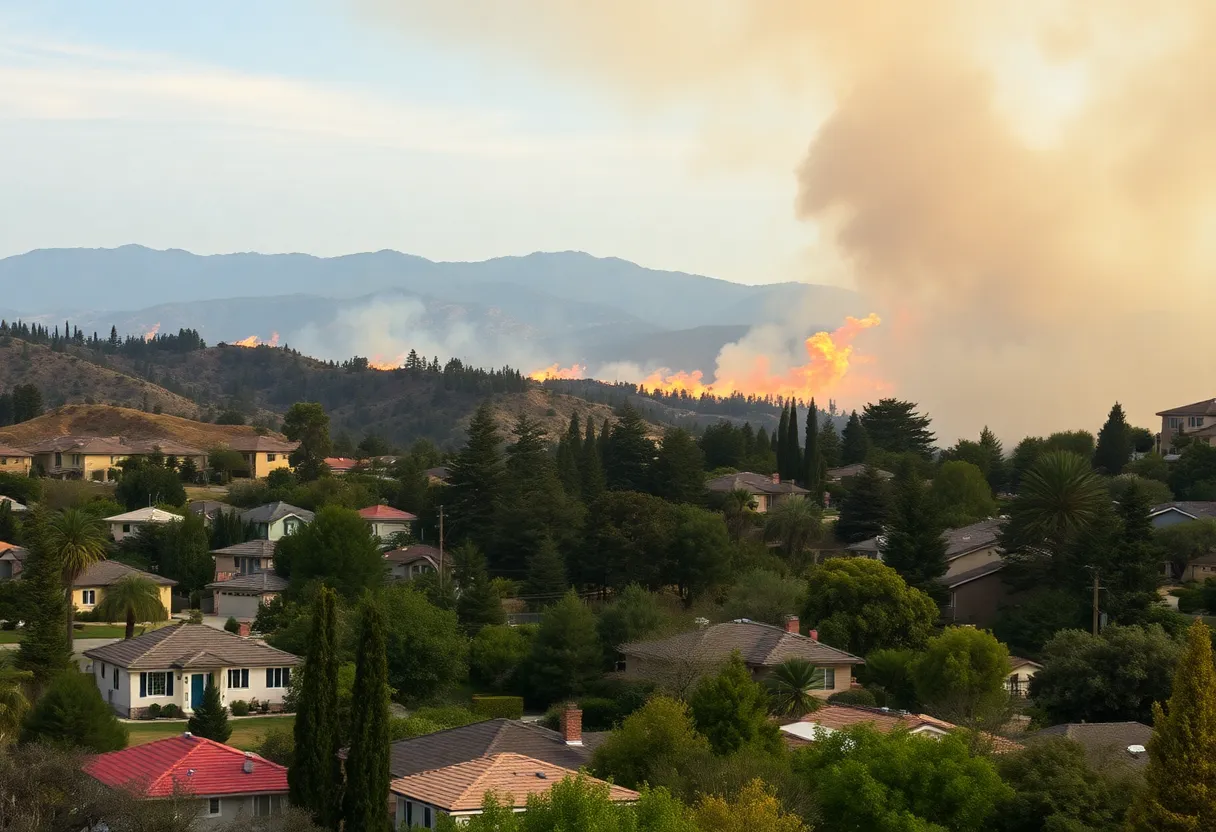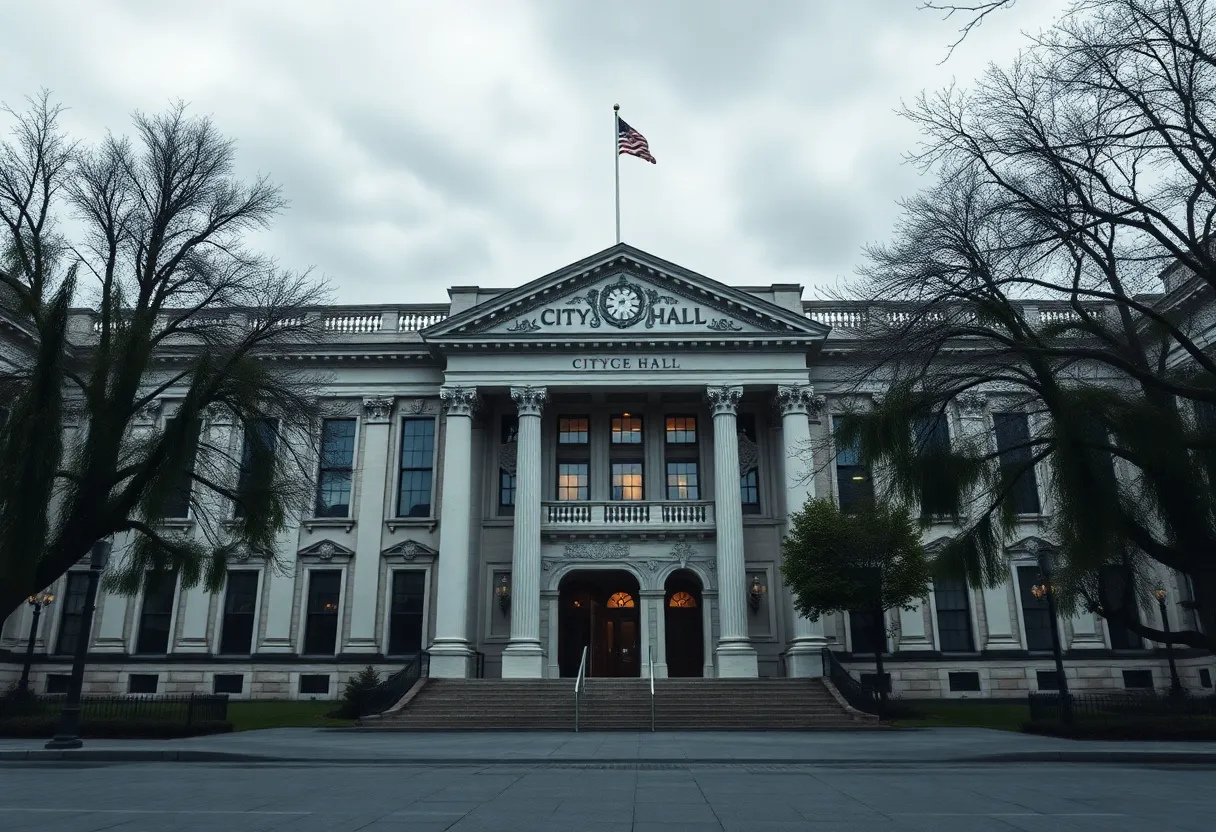News Summary
California avocado farmers face significant challenges following wildfires that destroyed thousands of acres and resulted in financial losses. Despite these setbacks, growers like Andreas Tompros and Sergio Acevedo exemplify resilience by beginning replanting efforts and cultivating hope for the future. Community support and increased avocado consumption across the U.S. suggest potential for recovery as the industry adapts to ongoing challenges.
California avocado growers are showing remarkable resilience in the face of devastating wildfires and rising economic challenges. Many farmers, like Andreas Tompros of Ridgecrest Avocados, suffered considerable losses in the recent Mountain Fire that swept through Ventura County. Tompros lost his home and over one-third of his avocado trees but remains optimistic about the future as he begins the replanting process with nearly 300 new trees.
The wildfire impacted over 12,000 acres in Ventura County, where over 500 acres of avocado trees were damaged or destroyed, leading to an estimated revenue loss of $4 million. Most of the damage has been felt by small-scale farmers, with many struggling to cope with the aftermath. Farmers like Sergio Acevedo reported significant losses, having lost nearly 100 of his 300 avocado trees, resulting in substantial financial burdens due to the lack of insurance coverage.
Despite the destruction, there is a positive outlook for the avocado market. The U.S. lifted its ban on Mexican avocados in 1997, initially raising concerns among California growers about potential competition. Instead, this opened up new markets, contributing to a threefold increase in avocado consumption in the U.S. from 2000 to 2021. Average consumption now exceeds 8 pounds (3.6 kilograms) per person, driven in part by the rise in popularity of dishes like avocado toast and guacamole.
Currently, around 60% of U.S. households actively purchase avocados, according to the Hass Avocado Board. This increase in demand has translated into higher sales and consumption, providing a cushion for farmers affected by wildfires. California contributes roughly 10% to the U.S. avocado supply, with production peaking between April and September, whereas Mexican avocados are imported year-round to meet the ongoing nationwide demand.
Ken Melban, the president of the California Avocado Commission, has reiterated that avocados remain a solid investment for growers, even amidst rising costs and wildfire risks. The recent destruction of avocado trees has spurred interest in the cultivation of avocados among new farmers, indicating a potential for future growth in the industry despite the environmental challenges of the region.
In the aftermath of the fires, Ventura County’s agricultural losses have raised serious concerns about both crop yields and the condition of essential infrastructure such as irrigation systems. The long-term effects on avocado availability and pricing remain uncertain as much of the crop matures later in the year. These uncertainties come amid an expectation that the avocado market may not experience immediate price surges given the reliance on Mexican imports for a significant portion of U.S. supplies.
Community support for affected farmers like Acevedo has been swift. Initiatives such as GoFundMe campaigns have been set up to aid in recovery efforts, showcasing the sense of solidarity among residents. Despite the uphill battles facing the region, California avocado farmers continue to demonstrate a strong commitment to their trade and hopes for regeneration in the aftermath of the fires.
As farmers like Tompros and Acevedo navigate the path to recovery, the resilience of California’s avocado growers illustrates their determination to rise from these challenges, ensuring that avocados remain a staple for many across the country.
Deeper Dive: News & Info About This Topic
- Ottumwa Courier
- Wikipedia: Avocado
- Jonesboro Sun
- Google Search: California avocado farmers
- Los Angeles Times
- Google Scholar: California avocado farming
- NBC Los Angeles
- Encyclopedia Britannica: Avocado
- Fox Weather
- Google News: Mountain Fire affecting avocado farmers

Author: Anaheim Staff Writer
The Anaheim Staff Writer represents the experienced team at HEREAnaheim.com, your go-to source for actionable local news and information in Anaheim, Orange County, and beyond. Specializing in "news you can use," we cover essential topics like product reviews for personal and business needs, local business directories, politics, real estate trends, neighborhood insights, and state news affecting the area—with deep expertise drawn from years of dedicated reporting and strong community input, including local press releases and business updates. We deliver top reporting on high-value events such as major conventions at the Anaheim Convention Center, including NAMM and VidCon, exciting games at Angel Stadium and Honda Center, and developments at Disneyland Resort Our coverage extends to key organizations like the Anaheim Chamber of Commerce and Visit Anaheim, plus leading businesses in hospitality, entertainment, and innovation that power the local economy As part of the broader HERE network, including HERECostaMesa.com, HEREHuntingtonBeach.com, HERESantaAna.com, and HERELosAngeles.com, we provide comprehensive, credible insights into Southern California's dynamic landscape.




